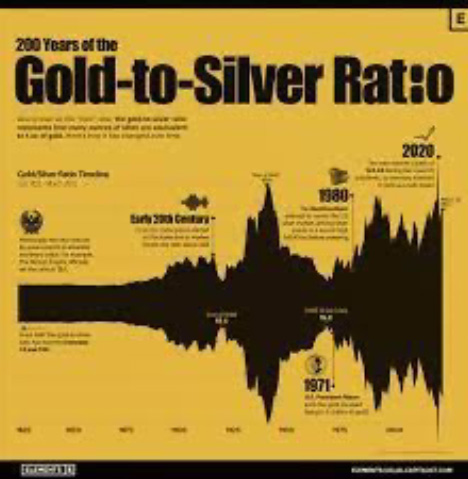Gold is generally considered to be rarer than silver, although the exact difference in rarity can vary depending on the source and the specific measurement used.
In terms of natural occurrence, gold is estimated to be around 19 times rarer than silver. This is because gold is much less abundant in the Earth’s crust, with an average concentration of around 0.005 parts per million (ppm), compared to an average concentration of around 0.075 ppm for silver.
However, it’s worth noting that the rarity of gold and silver can also be influenced by factors such as supply and demand, mining production, and recycling rates. For example, although gold is rarer than silver in terms of natural occurrence, the total amount of gold in the world has been estimated to be much greater than the total amount of silver, due in part to the fact that gold is much less likely to be consumed or destroyed than silver.
Today silver is mined usually as a byproduct of other mines such as gold mines. Silver is also the most conductive metal in existence and therefore is being used more and more in commercial applications think computers, phones, solar panels etc. Many believe the very soon the annual demand for silver will out pace the annual supply and when that happens its price will soar.
Overall, while gold is generally considered to be rarer than silver in natural occurrence, the exact difference in rarity can depend on a range of factors and measurements. In addition, that can change over time as supplies are exhausted and new industries require more of it to operate.
